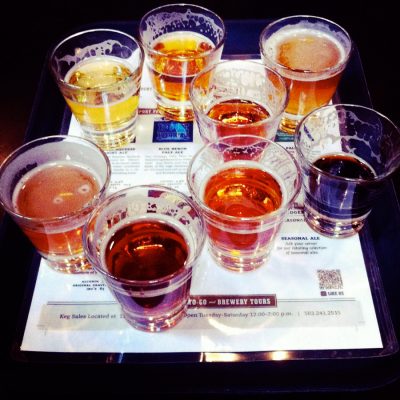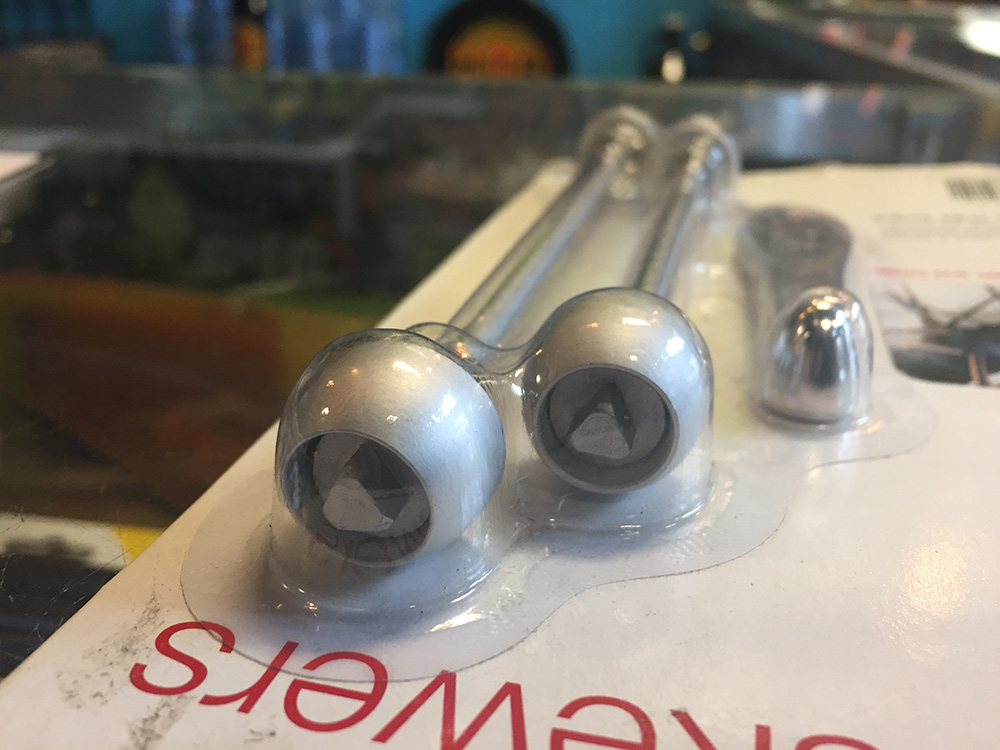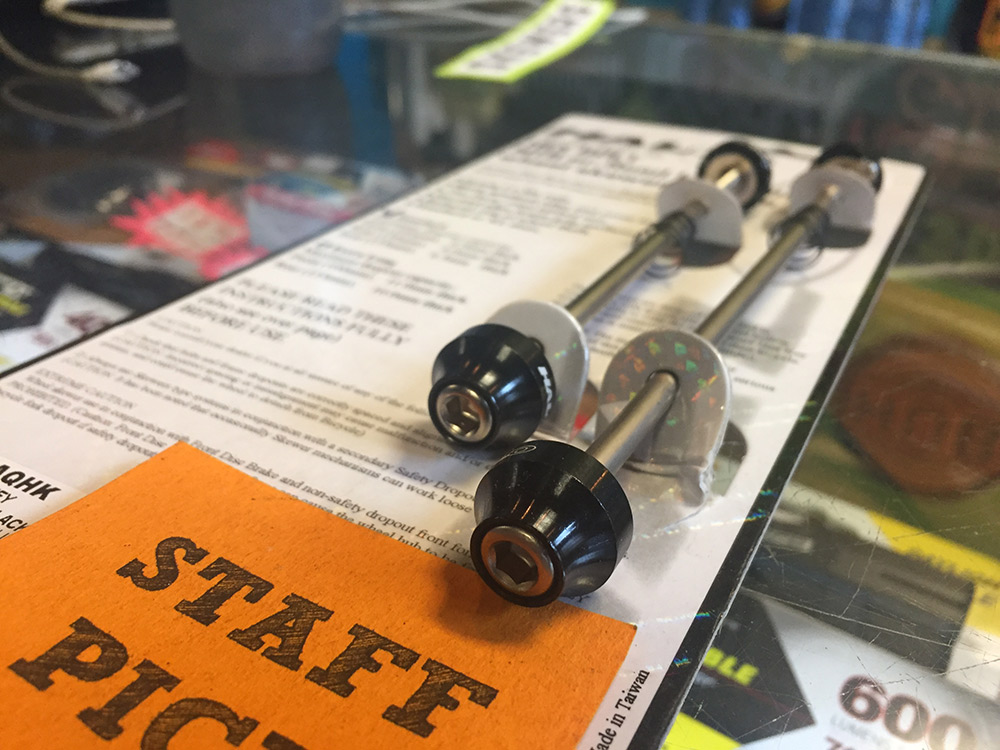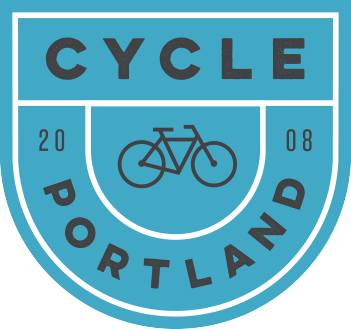MIKE’S BIKE ADVICE
This week’s post will suggest the five most cost-effective upgrades to make your ride the most enjoyable experience of the day. Spending $300 to upgrade your crankset or to shave a couple dozen grams from your bike won’t make nearly the difference in enjoyment per dollar that changing your grips or finding a perfect saddle for your shape. Mechanic Mike is here to tell you his top five favorite upgrades for the money.
Upgrade your Grips or Bar Tape
 Beautiful selection of Cinelli Gel grip tap in stock right now.
Beautiful selection of Cinelli Gel grip tap in stock right now.
Not only will this give your bike a totally sweet new look, finding the right grips for your riding style will make you a much happy camper. Riding long days in the saddle without gloves and downhill mountain biking with gloves need two different types of grippy-ness. Sometimes leather grips are the right material for riding with minimal callouses and long life of your grips. Things to think about when choosing your grips: style of riding, weather conditions, gloves vs no gloves, or come in to Cycle Portland to ask for our recommended grips for your riding. It is a cost-effective upgrade to your bike ride.
Find the Right Saddle for your Seat
 We have this beautiful Cardiff in the window waiting for its forever home!
We have this beautiful Cardiff in the window waiting for its forever home!
Not every saddle works for every person, but it makes sense to put energy into finding the right saddle for you. There are a couple saddles that have a wide appeal among cyclist, a couple leather saddles among these options. Stock saddles are chosen based on the cheapest price for the bike manufacturer and the look of the saddle. Neither of these considerations pay off for your sit bones. Come in for a saddle consultation and upgrade today.
Tires Rule Everything A-round Me
Great selection of Marathons on this wall.
Nothing ruins a ride like getting a flat tire, and nothing prevents flats like the appropriate tires. We love a pair of Marathon Plus’s for pretty much every riding application, but there are some riding that requires specific tires. Fine tuning the bike’s connection to the ground produces some of the most favorable improvements for your daily ride and costs less that $50 a tire.
Cockpit Swap
Our selection of handlebars in the shop.
Finding the best height for your handlebars and possibly even changing your handlebars could reduce the pressure you feel in your hands, wrists and shoulders. Mechanic Mike has even found that by switching handlebars, he has eliminated pain in his neck and back. Even raising your stem by an inch or changing your handlebar bend by 15 degrees, can change your approach to riding.
Basket Game
 We love Wald Baskets at Cycle Portland!
We love Wald Baskets at Cycle Portland!
Having a place to drop your bag, carry home groceries or even to put your sandals and shirt after a swim in the river makes your bike more functional, beautiful. There was a time when all bikes came with a basket or rack to provide a trunk of sorts for your bicycle. Trust Mike when he says you’ll find ways to fill up your basket nearly every ride.
We are here to help you have a great ride, daily from 9am – 6pm!
For all your cost effective bike upgrades visit us at 117 NW 2nd Ave, Portland OR

 The Pinhead Security Pack is an option with individualized keys for the highest level of protection. Like your house or Kryptonite key, this unique key offers the most security for your wheelset. A pair of Pinhead security skewers will cost you a bit more than $50, but give you the most confidence that someone isn’t working your wheels loose while you’re at work. So if you often lock up outside in theft prone areas or just want to protect those hand-built wheels, we would be happy to install these on your steed today.
The Pinhead Security Pack is an option with individualized keys for the highest level of protection. Like your house or Kryptonite key, this unique key offers the most security for your wheelset. A pair of Pinhead security skewers will cost you a bit more than $50, but give you the most confidence that someone isn’t working your wheels loose while you’re at work. So if you often lock up outside in theft prone areas or just want to protect those hand-built wheels, we would be happy to install these on your steed today.













